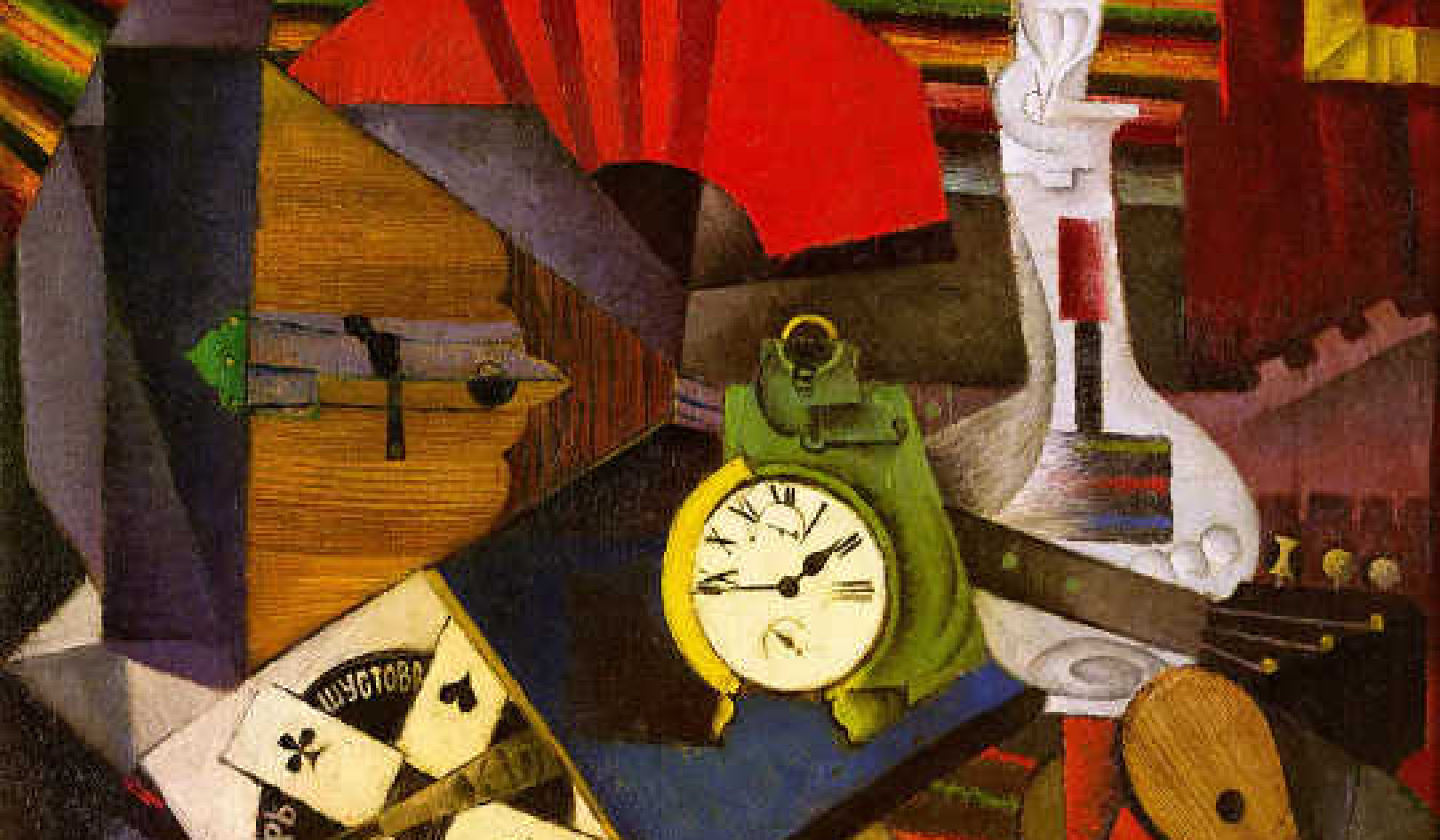 Our sense of self depends on understanding how others think about the world. Barney Moss/Flickt, CC BY-SA
Our sense of self depends on understanding how others think about the world. Barney Moss/Flickt, CC BY-SA
We are highly sensitive to people around us. As infants, we observe our parents and teachers, and from them we learn how to walk, talk, read – and use smartphones. There seems to be no limit to the complexity of behaviour we can acquire from observational learning.
But social influence goes deeper than that. We don’t just copy the behaviour of people around us. We also copy their minds. As we grow older, we learn what other people think, feel and want – and adapt to it. Our brains are really good at this – we copy computations inside the brains of others. But how does the brain distinguish between thoughts about your own mind and thoughts about the minds of others? Our new study, published in Nature Communications, brings us closer to an answer.
Our ability to copy the minds of others is hugely important. When this process goes wrong, it can contribute to various mental health problems. You might become unable to empathise with someone, or, at the other extreme, you might be so susceptible to other people’s thoughts that your own sense of “self” is volatile and fragile.
The ability to think about another person’s mind is one of the most sophisticated adaptations of the human brain. Experimental psychologists often assess this ability with a technique called a “false belief task”.
In the task, one individual, the “subject”, gets to observe another individual, the “partner”, hide a desirable object in a box. The partner then leaves, and the subject sees the researcher remove the object from the box and hide it in a second location. When the partner returns, they will falsely believe the object is still in the box, but the subject knows the truth.
This supposedly requires the subject to hold in mind the partner’s false belief in addition to their own true belief about reality. But how do we know whether the subject is really thinking about the mind of the partner?
False beliefs
Over the last ten years, neuroscientists have explored a theory of mind-reading called simulation theory. The theory suggests that when I put myself in your shoes, my brain tries to copy the computations inside your brain.
Neuroscientists have found compelling evidence that the brain does simulate the computations of a social partner. They have shown that if you observe another person receive a reward, like food or money, your brain activity is the same as if you were the one receiving the reward.
There’s a problem though. If my brain copies your computations, how does it distinguish between my own mind and my simulation of your mind?
In our experiment, we recruited 40 participants and asked them to play a “probabilistic” version of the false belief task. At the same time, we scanned their brains using functional magnetic resonance imaging (fMRI), which measures brain activity indirectly by tracking changes in blood flow.
 fMRI scanner. wikipedia
fMRI scanner. wikipedia
In this game, rather than having a belief that the object is definitely in the box or not, both players believe there is a probability that the object is here or there, without knowing for certain (making it a Schrödinger’s box). The object is always being moved, and so the two players’ beliefs are always changing. The subject is challenged with trying to keep track of not only the whereabouts of the object, but also the partner’s belief.
This design allowed us to use a mathematical model to describe what was going on in the subject’s mind, as they played the game. It showed how participants changed their own belief every time they got some information about where the object was. It also described how they changed their simulation of the partner’s belief, every time the partner saw some information.
The model works by calculating “predictions” and “prediction errors”. For example, if a participant predicts that there is a 90% chance the object is in the box, but then sees that it’s nowhere near the box, they will be surprised. We can therefore say that the person experienced a large “prediction error”. This is then used to improve the prediction for next time.
Many researchers believe that the prediction error is a fundamental unit of computation in the brain. Each prediction error is linked to a particular pattern of activity in the brain. This means that we could compare the patterns of brain activity when a subject experiences prediction errors with the alternative activity patterns that happen when the subject thinks about the partner’s prediction errors.
Our findings showed that the brain uses distinct patterns of activity for prediction errors and “simulated” prediction errors. This means that the brain activity contains information not only about what’s going on out there in the world, but also about who is thinking about the world. The combination leads to a subjective sense of self.
Brain training
We also found, however, that we could train people to make those brain-activity patterns for self and other either more distinct or more overlapping. We did this by manipulating the task so that the subject and partner saw the same information either rarely or frequently. If they became more distinct, subjects got better at distinguishing their own thoughts from the thoughts of the partner. If the patterns became more overlapping, they got worse at distinguishing their own thoughts from the thoughts of the partner.
This means that the boundary between the self and the other in the brain is not fixed, but flexible. The brain can learn to change this boundary. This might explain the familiar experience of two people who spend a lot of time together and start to feel like one single person, sharing the same thoughts. On a societal level, it may explain why we find it easier to empathise with those who’ve shared similar experiences to us, compared with people from different backgrounds.
The results could be useful. If self-other boundaries really are this malleable, then maybe we can harness this capacity, both to tackle bigotry and alleviate mental health disorders.![]()
About The Author
Sam Ereira, Postdoctoral researcher of Computational and Cognitive Neuroscience, UCL
This article is republished from The Conversation under a Creative Commons license. Read the original article.

Books Improving Attitude and Behavior from Amazon's Best Sellers list
"Atomic Habits: An Easy & Proven Way to Build Good Habits & Break Bad Ones"
by James Clear
In this book, James Clear presents a comprehensive guide to building good habits and breaking bad ones. The book includes practical advice and strategies for creating lasting behavior change, based on the latest research in psychology and neuroscience.
Click for more info or to order
"Unf*ck Your Brain: Using Science to Get Over Anxiety, Depression, Anger, Freak-Outs, and Triggers"
by Faith G. Harper, PhD, LPC-S, ACS, ACN
In this book, Dr. Faith Harper offers a guide to understanding and managing common emotional and behavioral issues, including anxiety, depression, and anger. The book includes information on the science behind these issues, as well as practical advice and exercises for coping and healing.
Click for more info or to order
"The Power of Habit: Why We Do What We Do in Life and Business"
by Charles Duhigg
In this book, Charles Duhigg explores the science of habit formation and how habits impact our lives, both personally and professionally. The book includes stories of individuals and organizations who have successfully changed their habits, as well as practical advice for creating lasting behavior change.
Click for more info or to order
"Tiny Habits: The Small Changes That Change Everything"
by BJ Fogg
In this book, BJ Fogg presents a guide to creating lasting behavior change through small, incremental habits. The book includes practical advice and strategies for identifying and implementing tiny habits that can lead to big changes over time.
Click for more info or to order
"The 5 AM Club: Own Your Morning, Elevate Your Life"
by Robin Sharma
In this book, Robin Sharma presents a guide to maximizing your productivity and potential by starting your day early. The book includes practical advice and strategies for creating a morning routine that supports your goals and values, as well as inspiring stories of individuals who have transformed their lives through early rising.
Click for more info or to order
s






















